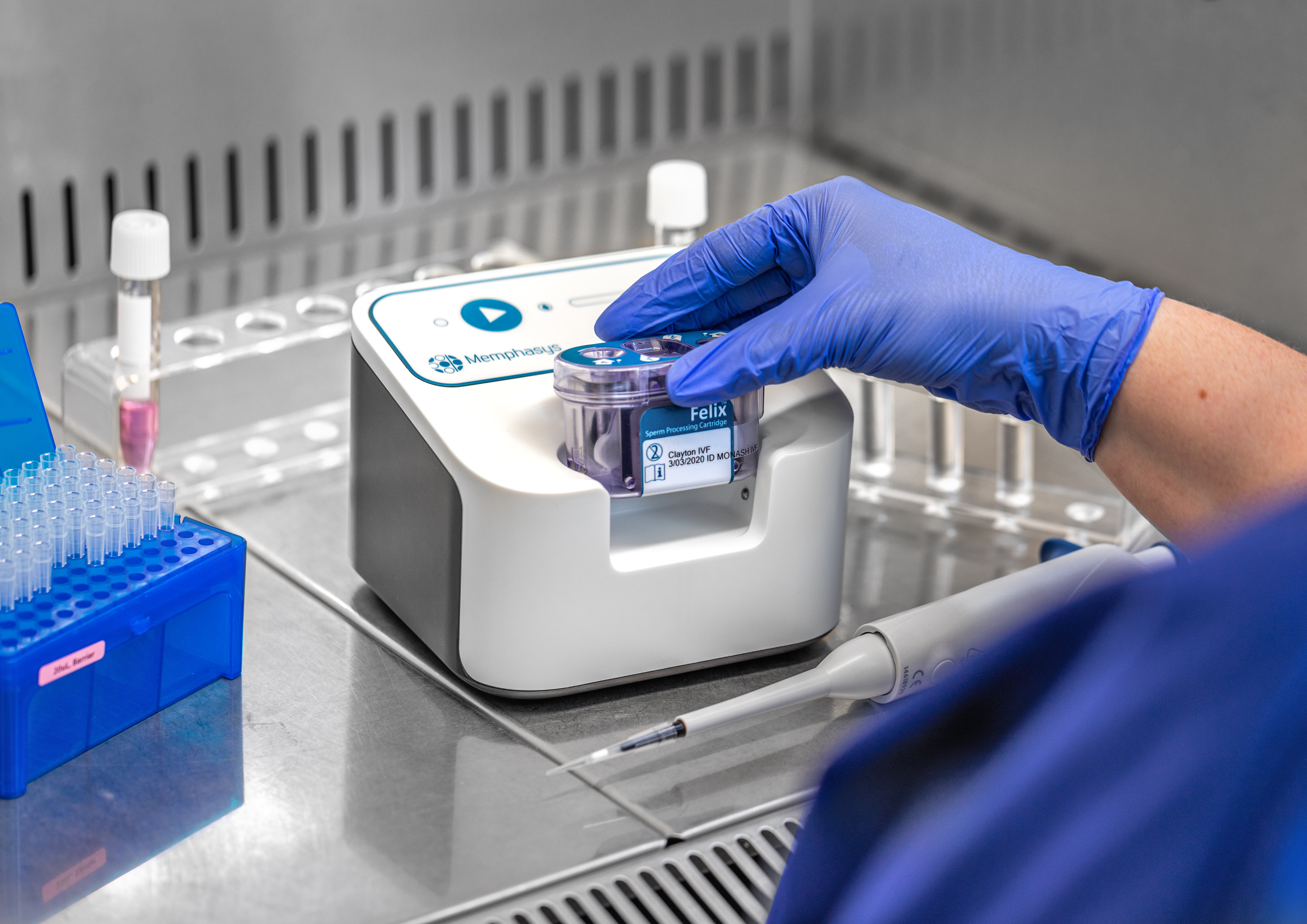Memphasys’ Fertility Play Gains Momentum with $1.275m Raise: Felix Ready to Go Forth and Multiply
Memphasys (ASX: MEM), the reproductive biotech based in Sydney’s inner west, is on the move again—this time with a fresh $1.275 million in hand, raised via a strategic placement to both new and loyal shareholders. The funds arrive at a pivotal moment, just weeks after the company’s flagship product, the Felix™ System, emerged from a critical clinical trial with top marks.
Let’s be clear on what Felix is—and why investors are paying attention.
Felix™ is the world’s first sperm separation device using electrophoresis. It’s designed for use in Assisted Reproductive Technology (ART) procedures, such as IVF. Unlike traditional methods like Swim-Up and Density Gradient Centrifugation (DGC), which rely on centrifugation or manual layering, Felix uses an electrical charge and a size-exclusion membrane to gently and quickly isolate the healthiest, most motile sperm.

In practice, this means embryologists can achieve more consistent results with less hands-on time, a big plus for fertility clinics trying to streamline their workflows while optimising success rates. And the clinical data now backs it up.
In late March, Memphasys reported results from a pivotal trial conducted with Monash IVF. Felix was found to be just as effective as the Swim-Up method (the trial’s primary endpoint) and statistically superior to DGC—the most commonly used sperm prep method worldwide. Even better, not a single adverse event was reported. Time-wise, Felix was also faster than both legacy techniques, and it won over embryology staff: 100% preferred it to DGC, and more than half favoured it over Swim-Up.
CEO Dr David Ali called it a “defining moment” for the company, and you can see why. With the technology now clinically validated, Memphasys is no longer pushing a promise—it’s got a proven performer on its hands.
The commercial implications are significant.
With the trial box ticked, the company is now preparing regulatory submissions to the CE Mark (Europe), TGA (Australia), and CDSCO (India). These approvals will open doors to some of the largest ART markets globally, including mutual recognition pathways in countries like Japan, Canada, the US, and Switzerland.
There’s already groundwork laid. Distribution agreements with Vitrolife are in place for Japan, Canada, and New Zealand. A letter of intent exists with Heranova in China, and R&D sales have begun in the UAE. Vitrolife, in particular, has been running real-world utilisation testing in Japan for over a year—and had been waiting for clinical data before ramping up sales. Now that data is on the table, the pathway to commercial traction is looking a lot clearer.
The placement—priced at $0.006 per share with free-attaching options exercisable at $0.011—was conducted under the company’s existing ASX capacity, meaning no shareholder approval was needed. It drew strong participation from both new and existing backers, a reflection of growing belief in Memphasys’ commercial strategy.
The funds will be used to support regulatory submissions, advance commercial discussions (including potential joint ventures), and continue the rollout of both Felix and the RoXsta™ platform. RoXsta, while earlier in its journey, is showing potential in livestock applications such as bull fertility and mastitis detection in dairy cattle.
But make no mistake—Felix is the main act. With validation secured and strategic partners in place, Memphasys is now gearing up to transform a once-promising prototype into a globally marketed fertility solution. For investors, the question isn’t whether Felix works—it’s how quickly Memphasys can convert interest into income. And with the company now cashed-up and clinically armed, the countdown is on.